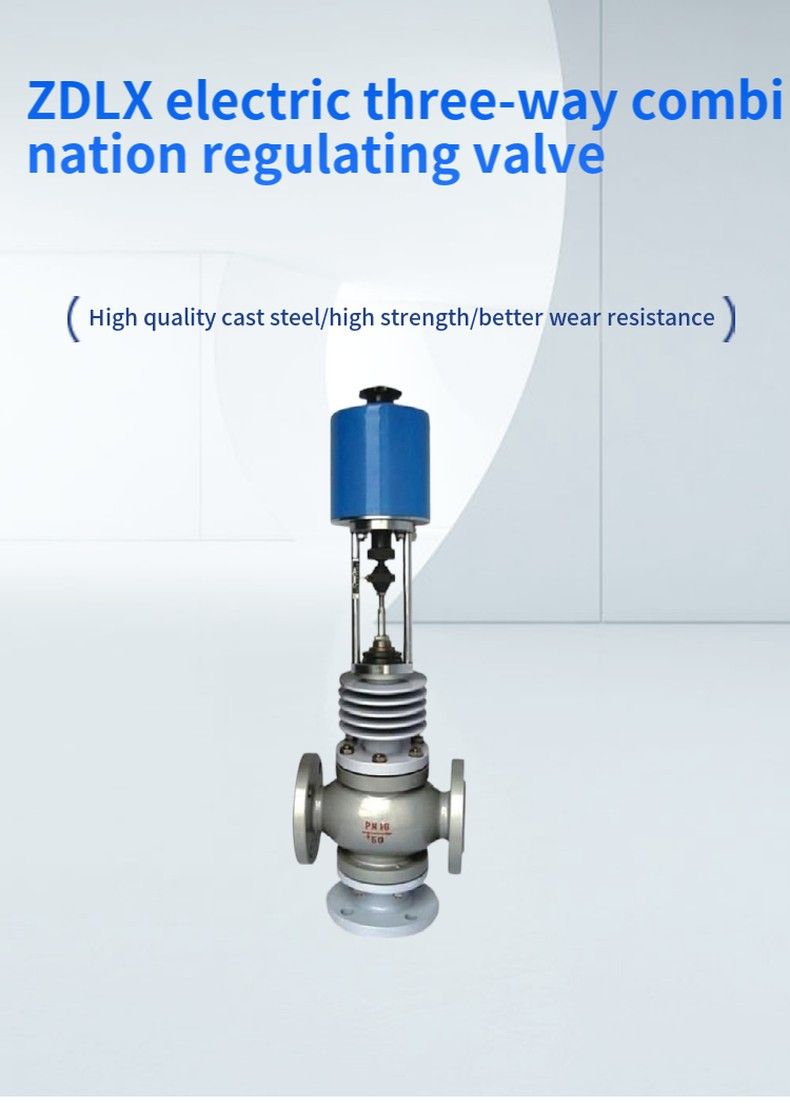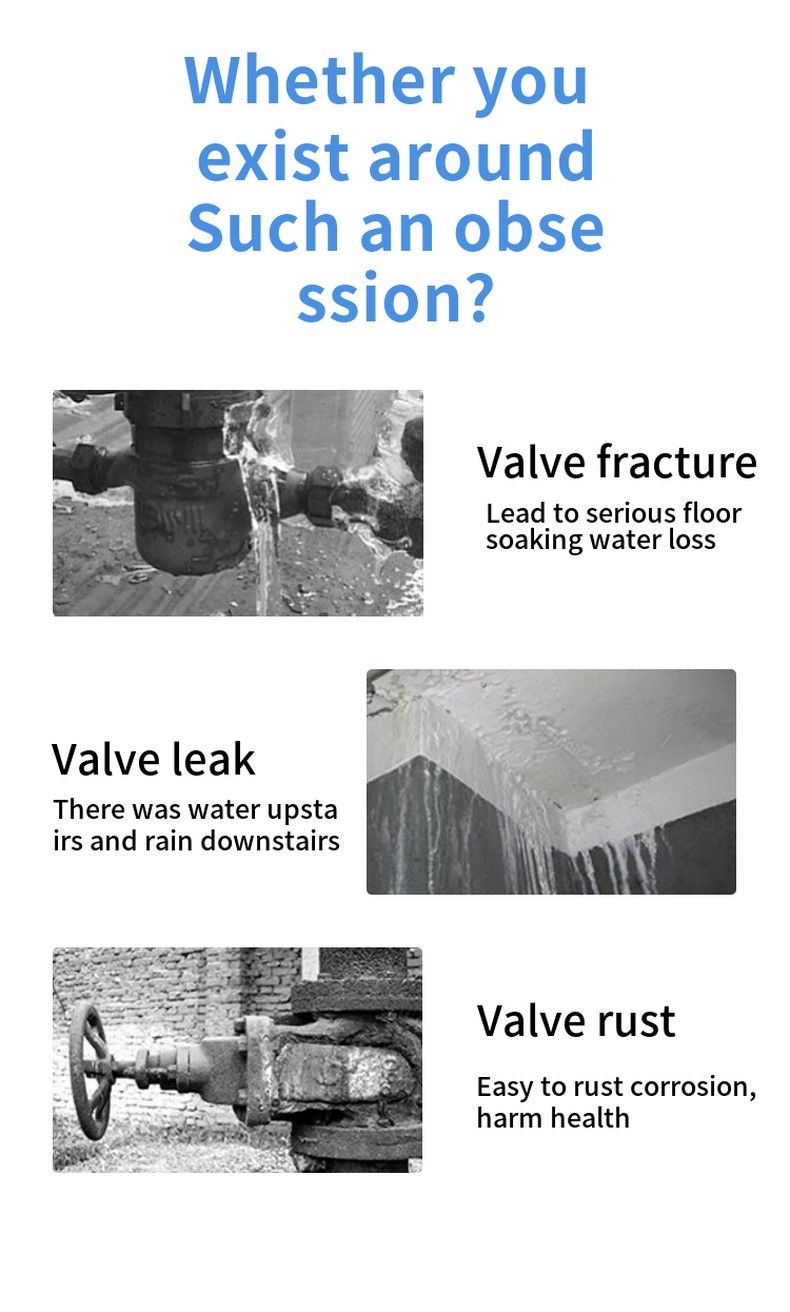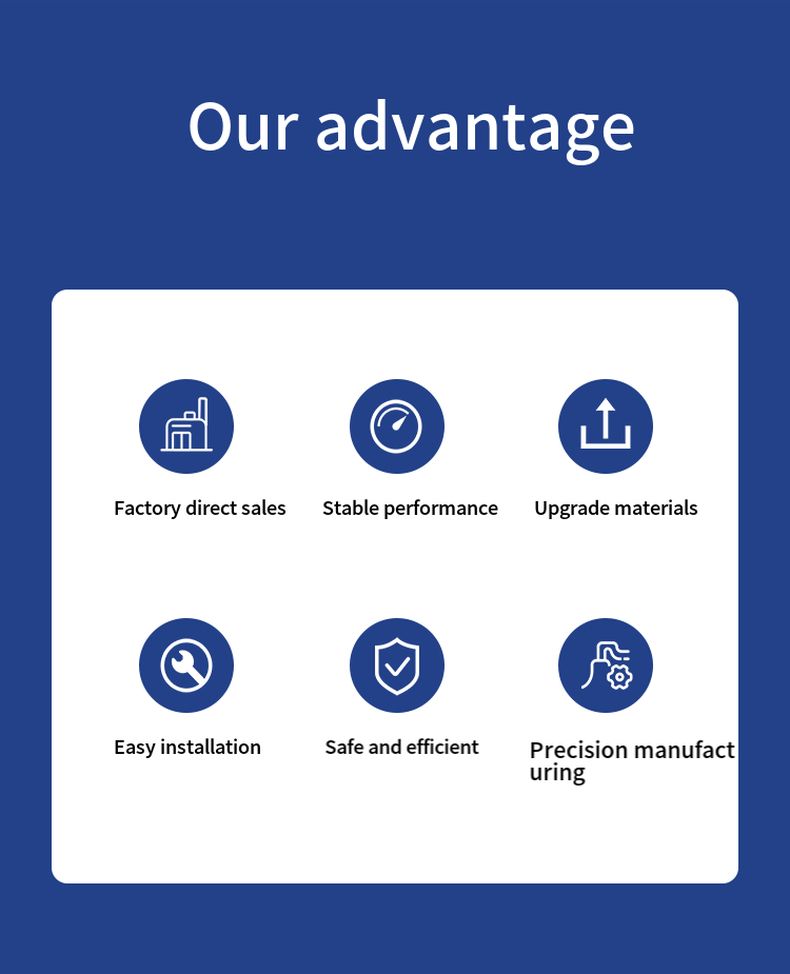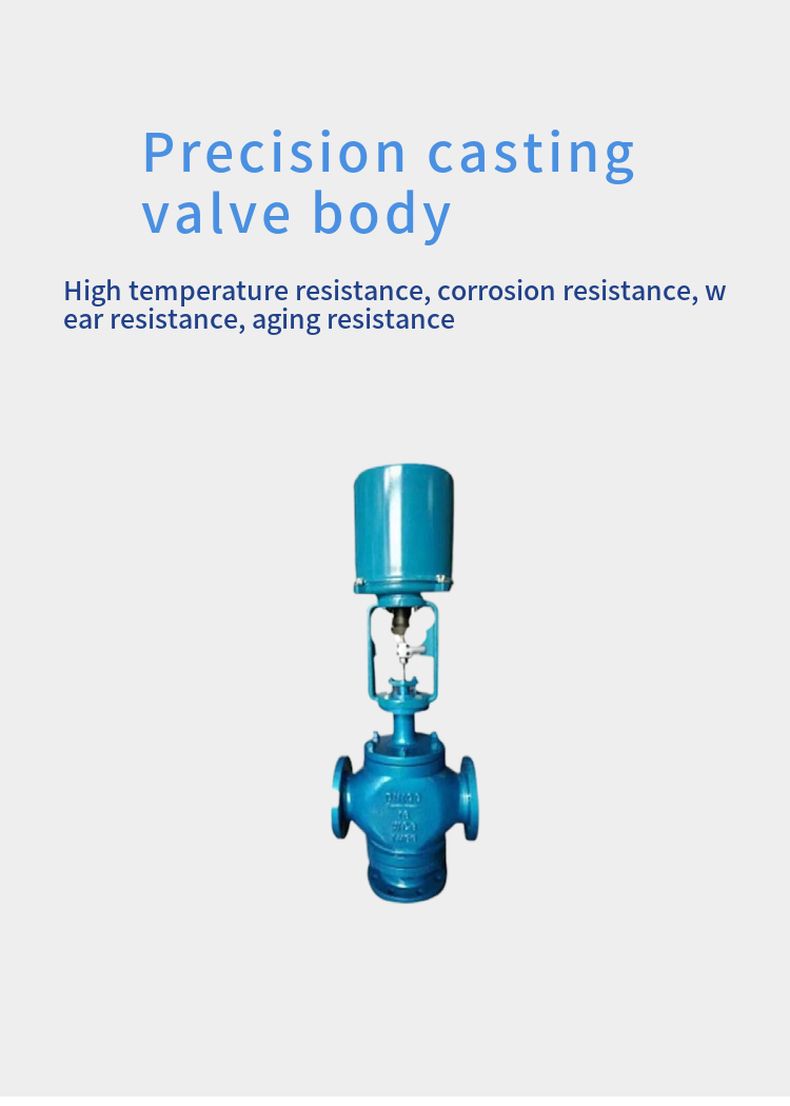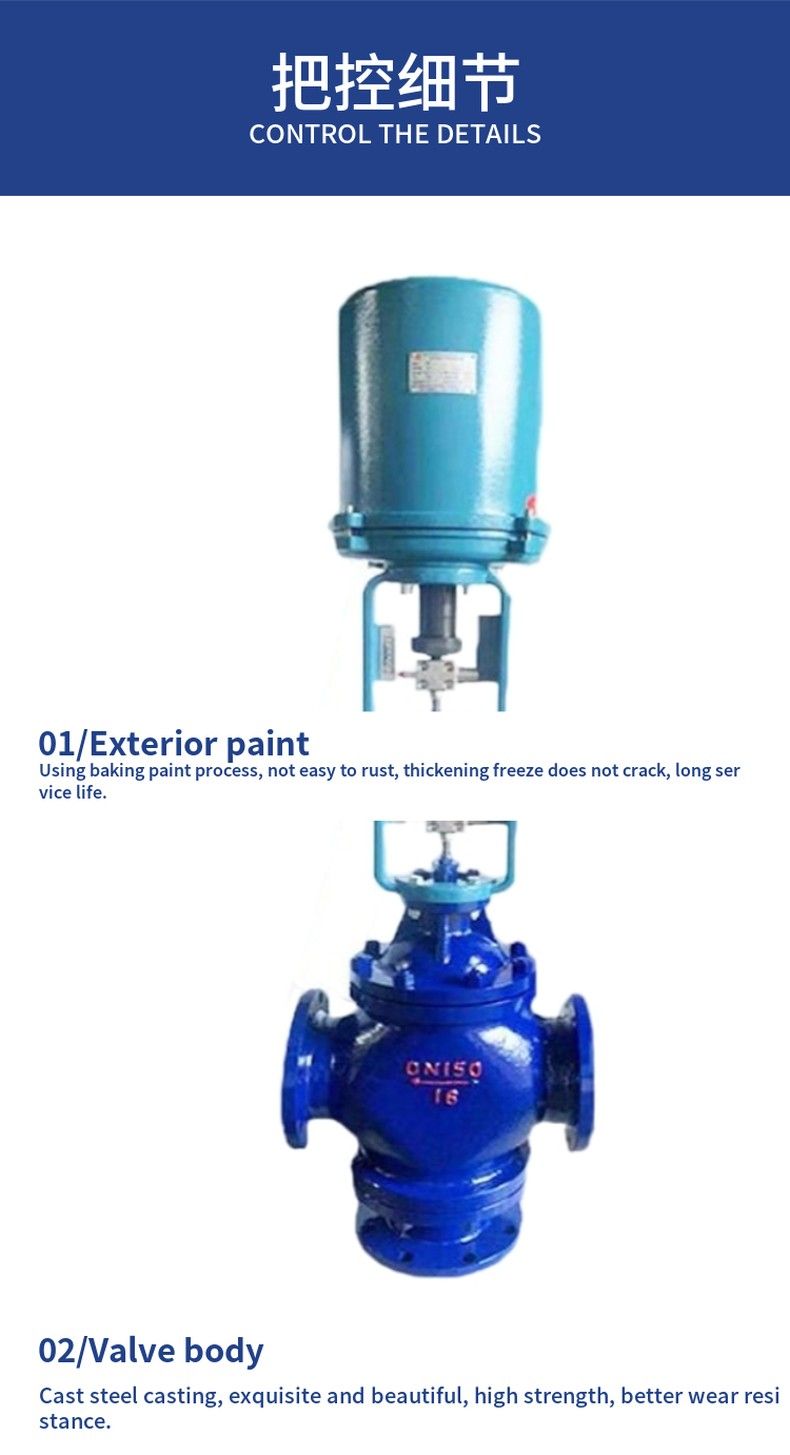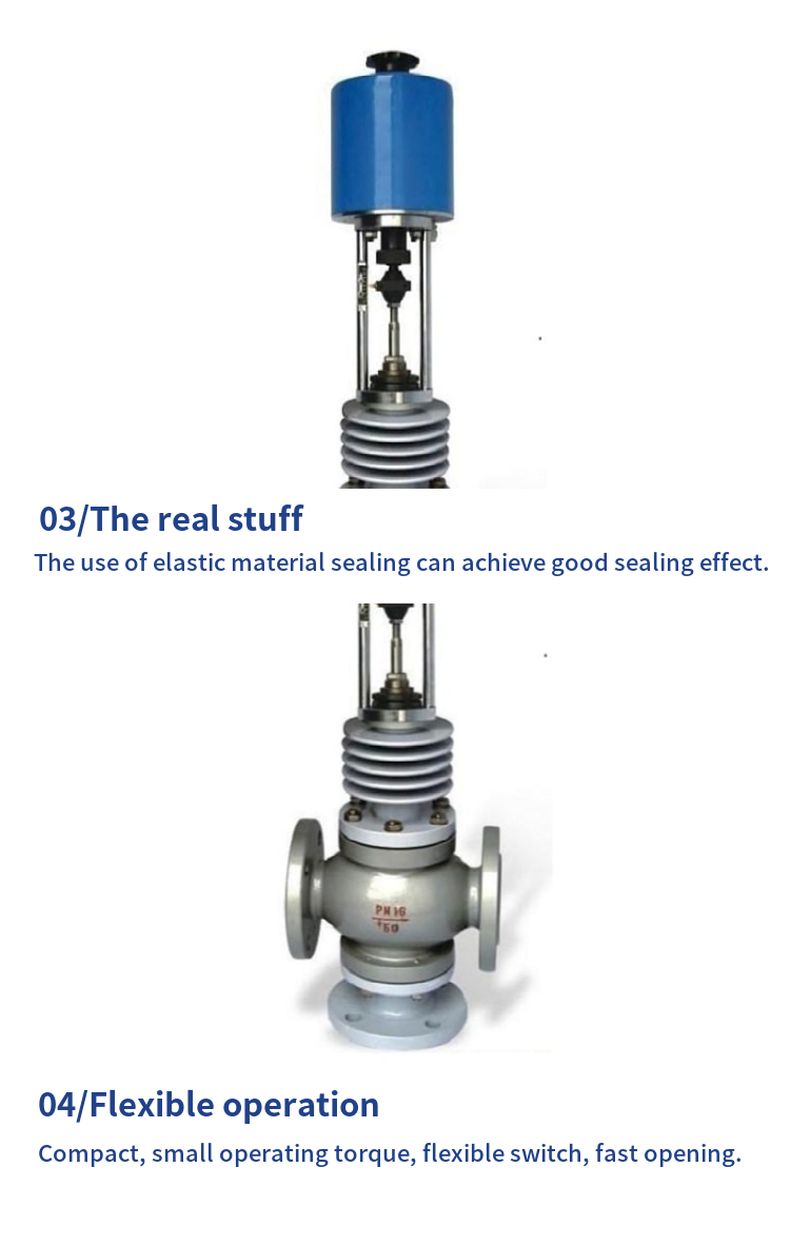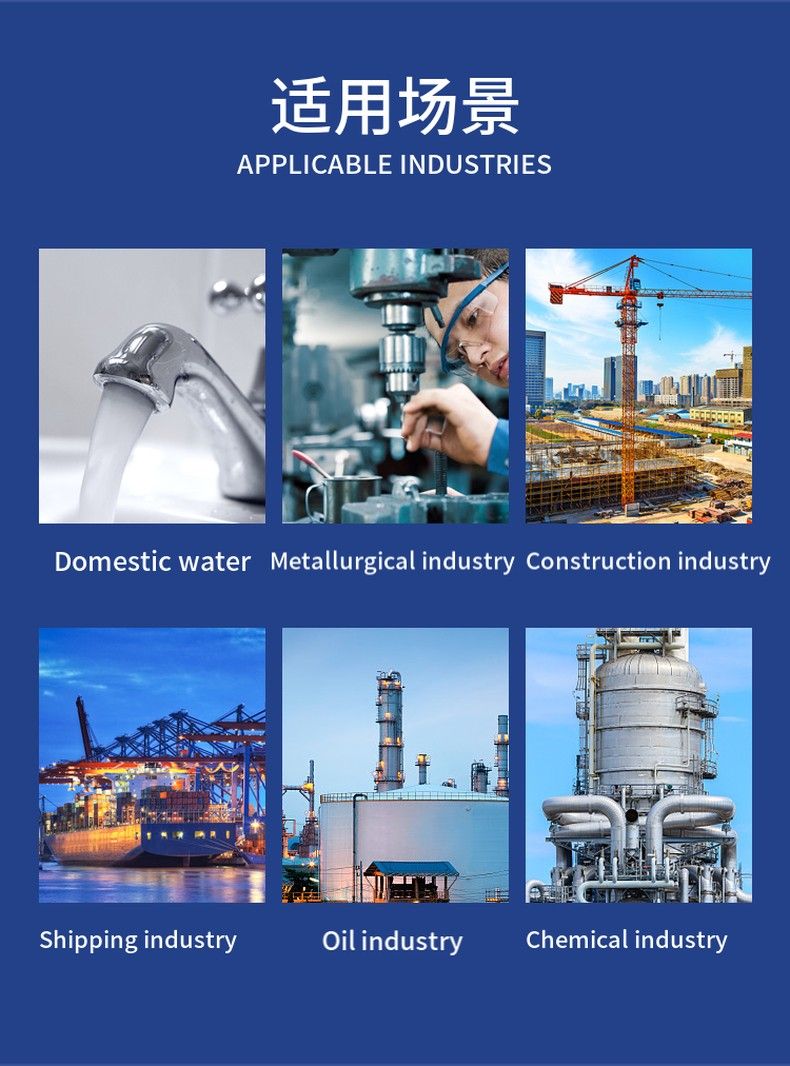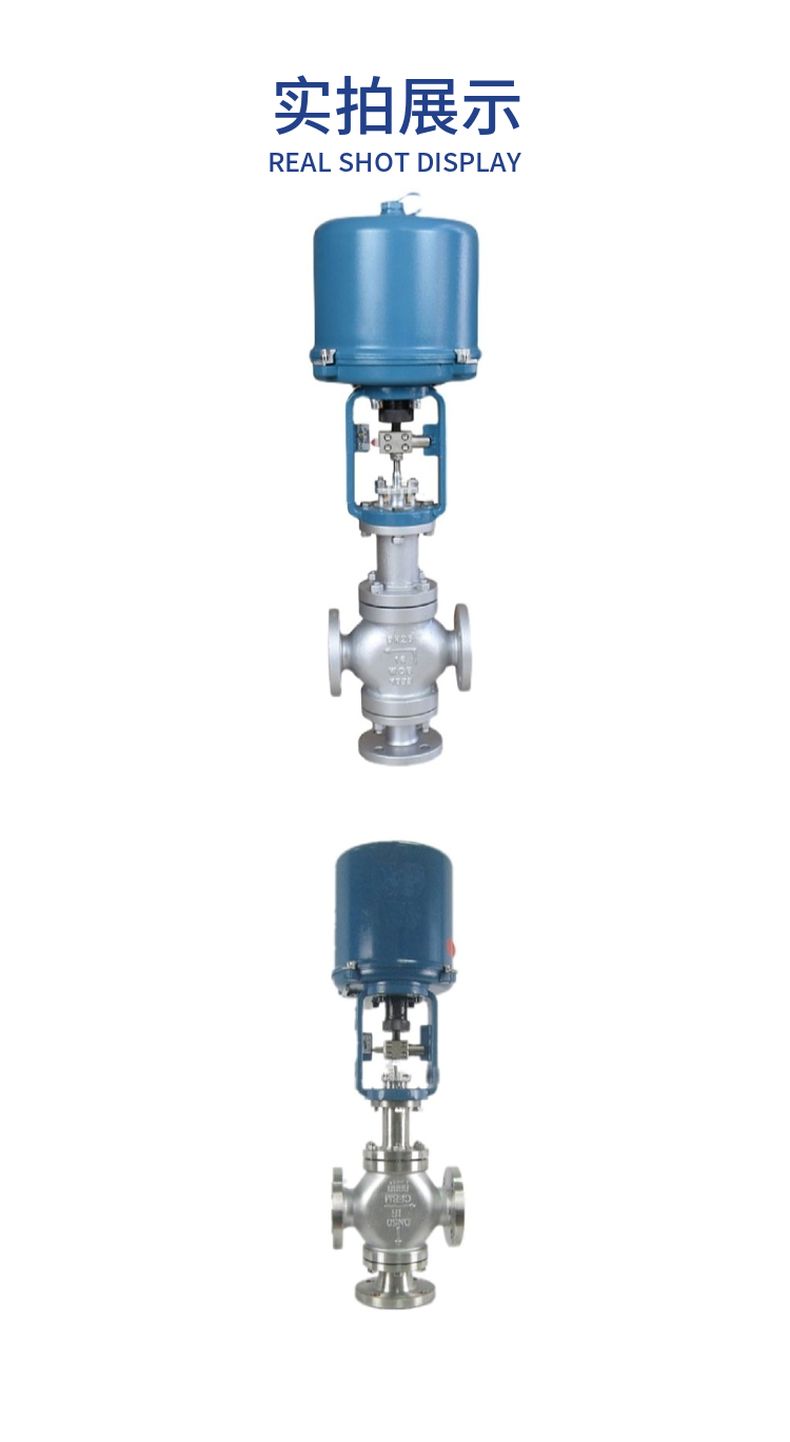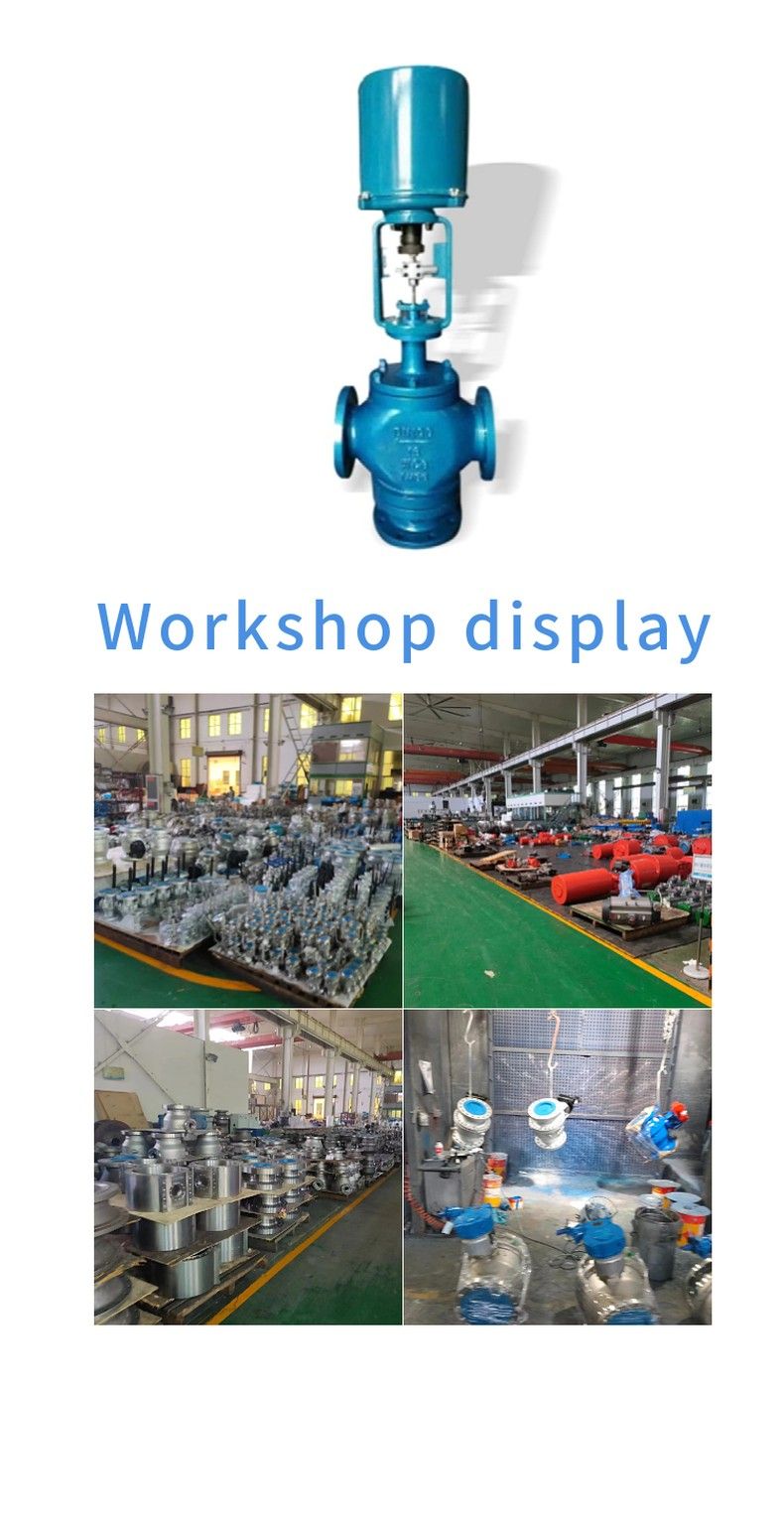Home >> Products >> Regulating valve
Regulating valve according to the structure is divided into nine categories: (1) single-seat regulating valve; (2) two-seat regulating valve; (3) sleeve regulating valve; (4) angular regulating valve; (5) three-way regulating valve; (6) diaphragm valve; (7) butterfly valve; (8) Ball valve; (9) eccentric rotary valve. The first six are straight strokes, and the last three are angular strokes. Regulating valve, used to adjust the flow, pressure and liquid level of the medium. According to the signal of the adjusting part, the opening of the valve is automatically controlled, so as to achieve the adjustment of the medium flow, pressure and liquid level. The regulating valve consists of two parts: electric actuator or pneumatic actuator and regulating valve. Regulation and is usually divided into straight single-seat type and straight two-seat type, the latter has the characteristics of large flow capacity, small unbalance force and stable operation, so it is usually especially suitable for large flow, high pressure drop and less leakage. The valve is the control part of the fluid conveying system, which has the functions of cutoff, regulation, diversion, prevention of countercurrent, pressure regulation, shunt or overflow pressure relief. Valves for fluid control systems, from the simplest globe valve to a variety of valves used in extremely complex automatic control systems, their varieties and specifications are quite wide. Valves can be used to control the flow of various types of fluids such as air, water, steam, various corrosive media, mud, oil, liquid metal and radioactive media. The nominal diameter of the valve ranges from a few mm instrument needle valve to a 10m industrial pipeline valve. The working pressure of the valve can be from 1.3×10-³MPa to the ultra-high pressure of 1000MPa.
From ultra-low temperature of -269 ° C to high temperature of 1430 ° C. The valve can be opened and closed by a variety of control methods, such as manual, pneumatic, electric, hydraulic, electric-gas or electric-hydraulic linkage and electromagnetic drive; It can also be under the action of pressure, temperature or other forms of sensing signals, according to the predetermined requirements of the action, or only a simple opening or closing. Nominal pressure or pressure level: PN1.0-32.0MPa, ANSI CLASS 150-1500LB, JIS10-20K nominal diameter or caliber: DN10 ~ 500, NPS 1/2 ~ 36" Connection method: flange, butt welding, thread, etc.; Applicable temperature: -196ºC ~ 700ºC; Driving mode: manual, bevel gear transmission, pneumatic, electric, hydraulic, gas-liquid linkage, electro-hydraulic linkage; Body material: WCB, ZG1Cr18Ni9Ti, ZG1Cr18Ni12Mo2Ti, CF8(304), CF3(304L), CF8M(316), CF3M(316L), Ti. Selection of different materials, can be applied to water, steam, oil, nitric acid, acetic acid, oxidizing medium, urea and other media.
